 Fordyce House
Fordyce House
Entry Type: Thing - Starting with F
 Fordyce House
Fordyce House
 Fordyce House
Fordyce House
 Fordyce House
Fordyce House
Fordyce House
Forest Fire Lookouts
aka: Fire Towers
Forest Management and Conservation
Forest Rose [Steamboat]
Forgotten Girls, The
Forrest L. Wood Crowley’s Ridge Nature Center
Fort Bussey
 Fort Chaffee Drawing
Fort Chaffee Drawing
 Fort Chaffee Drawing
Fort Chaffee Drawing
 Fort Chaffee Newspaper
Fort Chaffee Newspaper
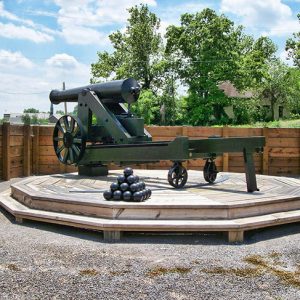 Fort Curtis Cannon
Fort Curtis Cannon
Fort Hindman
Fort Lincoln
aka: DeValls Bluff Fortifications
 Fort Smith Trolley
Fort Smith Trolley
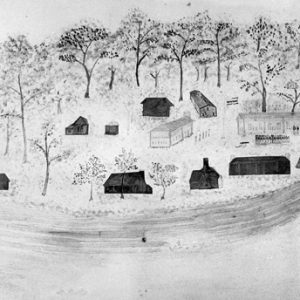 Fort Smith in 1836
Fort Smith in 1836
Fort Smith Confederate Monument
 Fort Smith Confederate Monument
Fort Smith Confederate Monument
 Fort Smith Confederate Monument Base
Fort Smith Confederate Monument Base
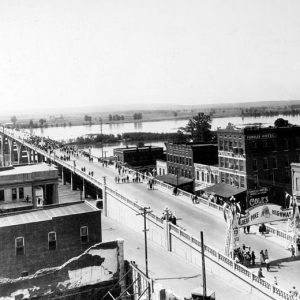 Fort Smith Free Bridge
Fort Smith Free Bridge
 Fort Smith Locomotive
Fort Smith Locomotive
Fort Smith Museum of History
Fort Smith Regional Airport
Fort Smith to Jackson Road
 Fort Towson Trail Marker
Fort Towson Trail Marker
Fort Wayne
Forts Lookout and Southerland
aka: Forts Southerland and Lookout
aka: Fort Diamond
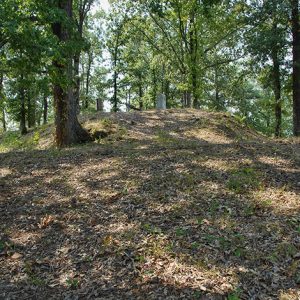 Fort Southerland
Fort Southerland
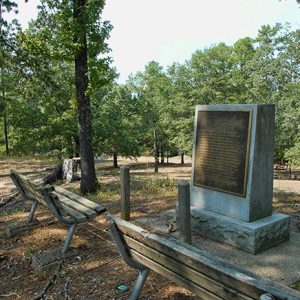 Fort Southerland Park
Fort Southerland Park
 Fort Lookout
Fort Lookout
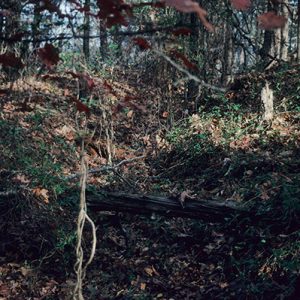 Fort Lookout Entrenchment
Fort Lookout Entrenchment
 "Forty Days," Performed by Ronnie Hawkins
"Forty Days," Performed by Ronnie Hawkins
Forty Days and Forty Nights
 Forty-Three Years for Uncle Sam
Forty-Three Years for Uncle Sam
 Fossilized Bryozoans
Fossilized Bryozoans
Fossils
 Foster Band Shell
Foster Band Shell
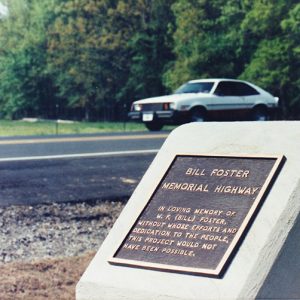 Foster Memorial
Foster Memorial
 Foster Memorial Highway
Foster Memorial Highway
 Fouke Bank
Fouke Bank
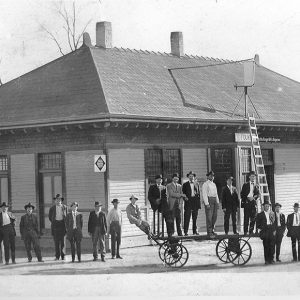 Fouke Depot
Fouke Depot
Fouke Monster
 Fourche La Fave Bridge
Fourche La Fave Bridge
Fourche La Fave River
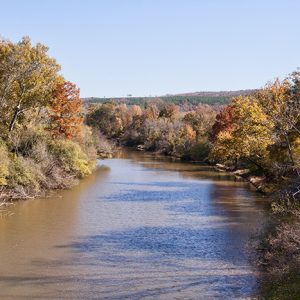 Fourche La Fave River
Fourche La Fave River
Fourche Mountain Salamander
aka: Plethodon fourchensis
 Fourche Mountain Salamander
Fourche Mountain Salamander
 Fourche Mountain Salamander
Fourche Mountain Salamander




